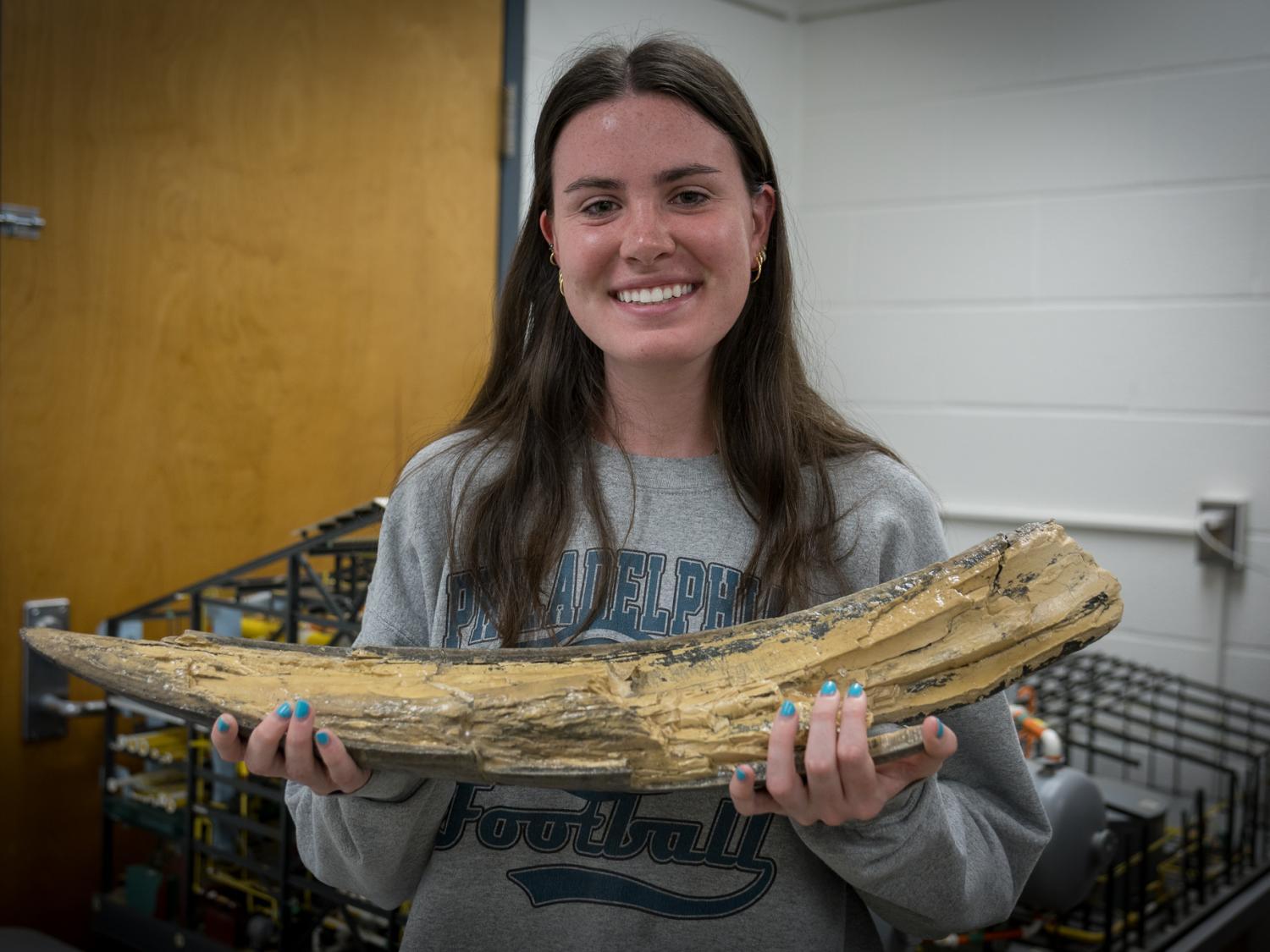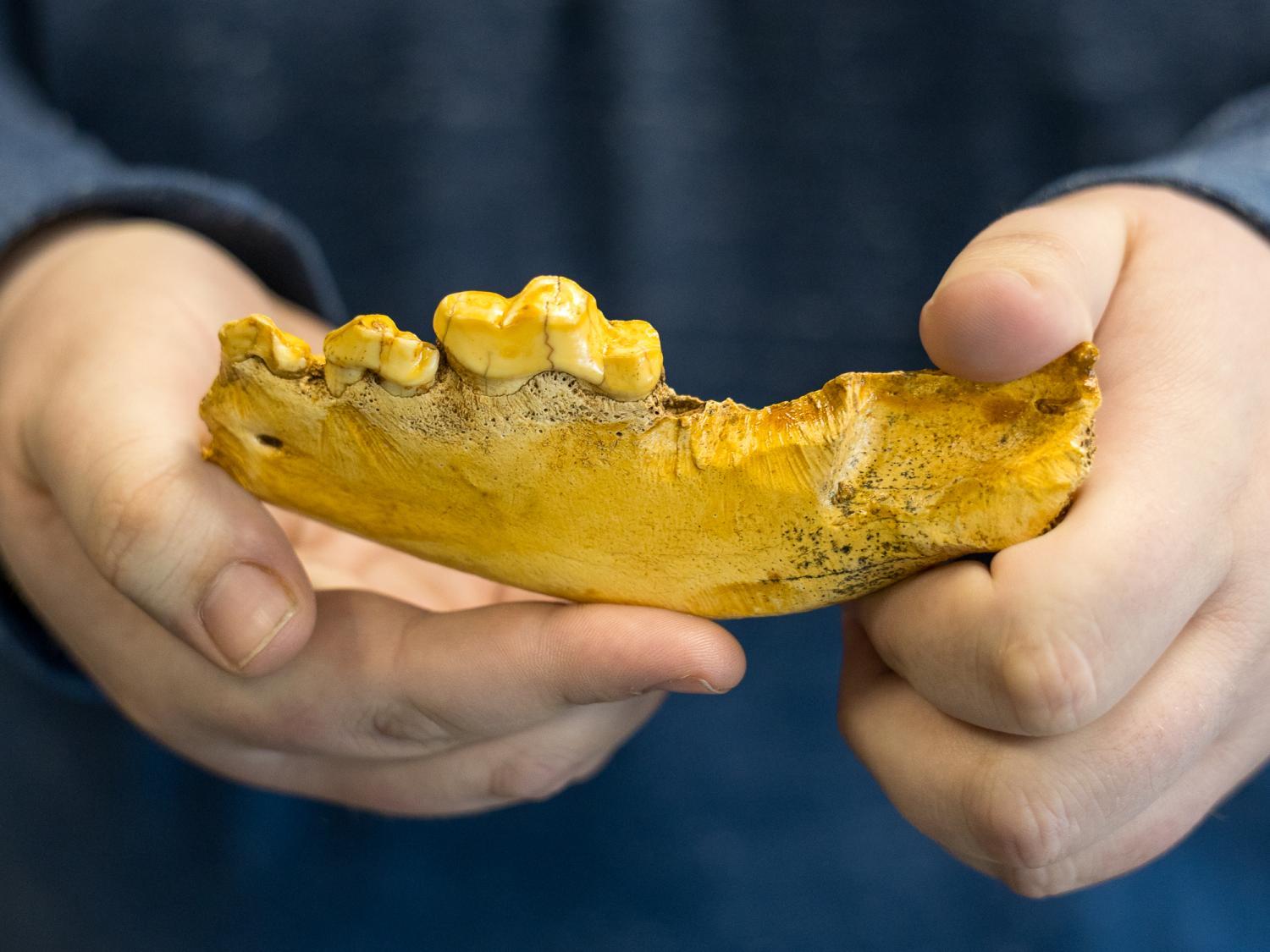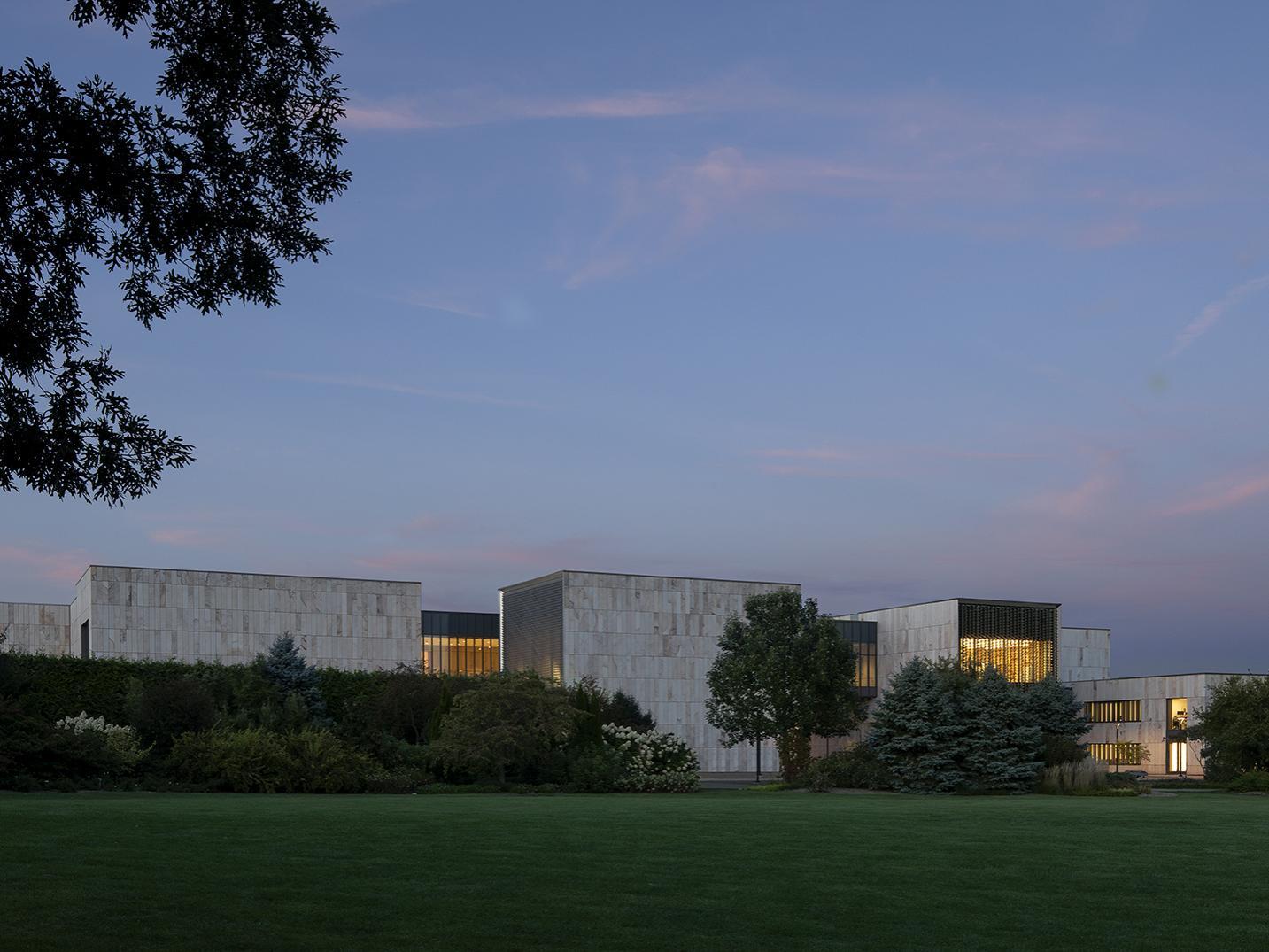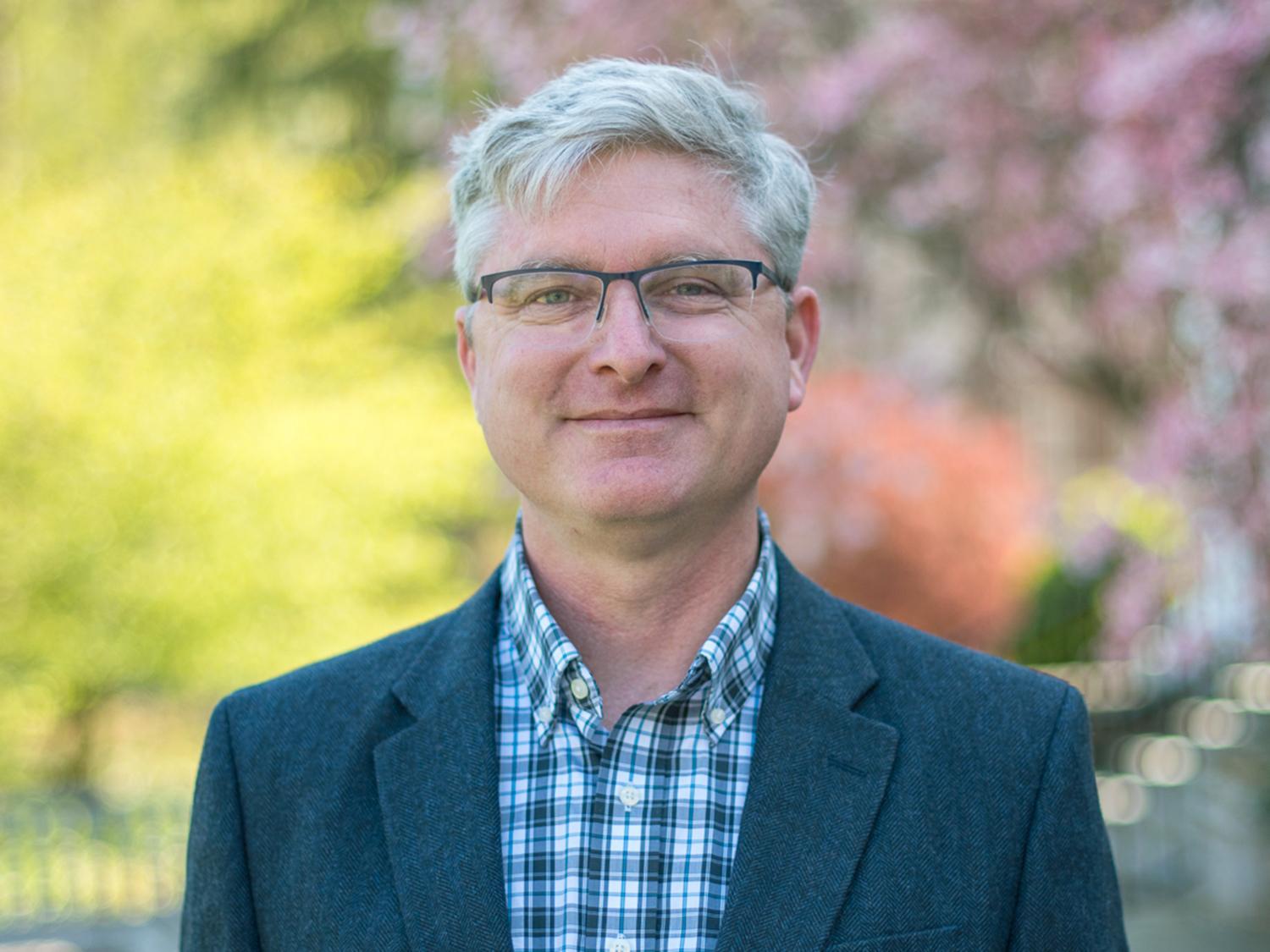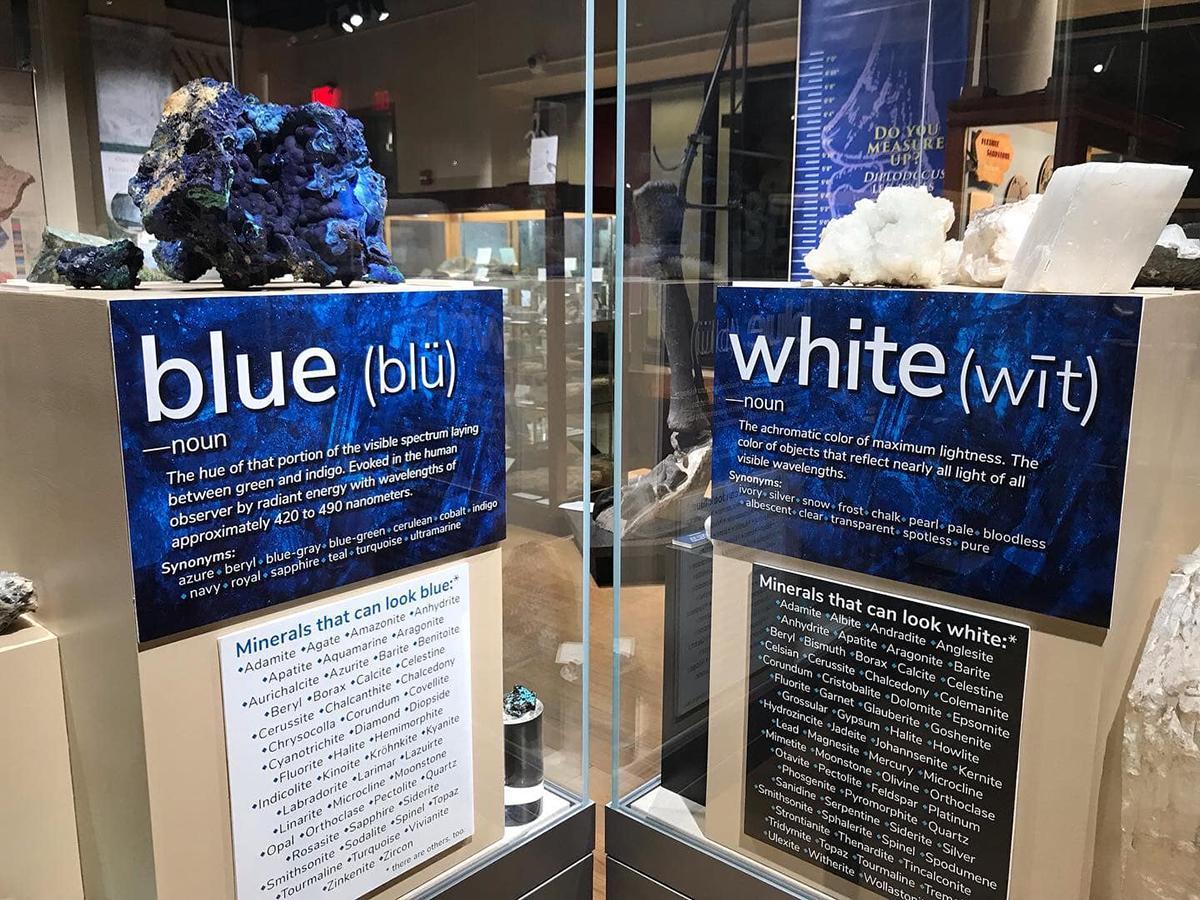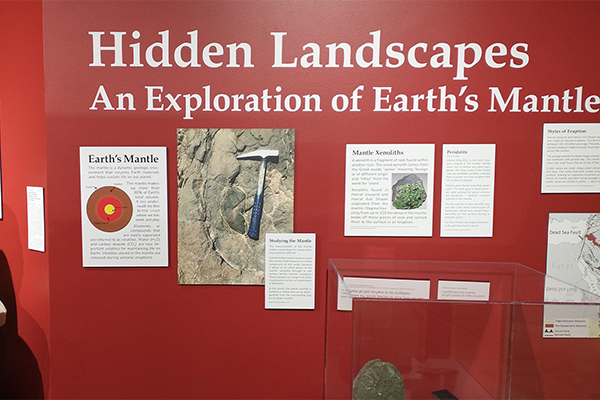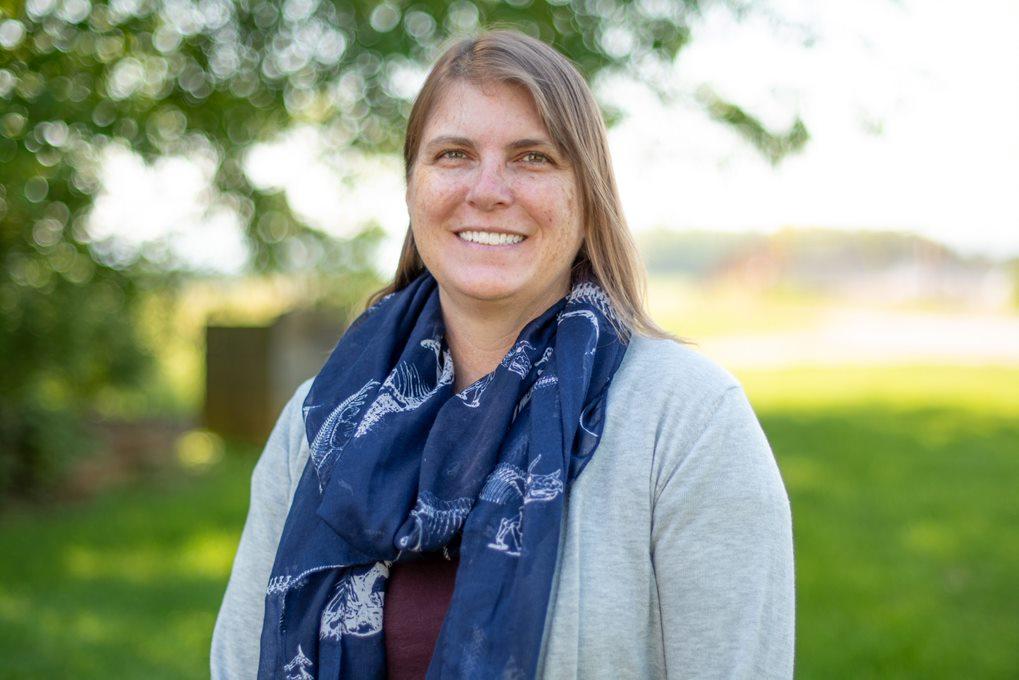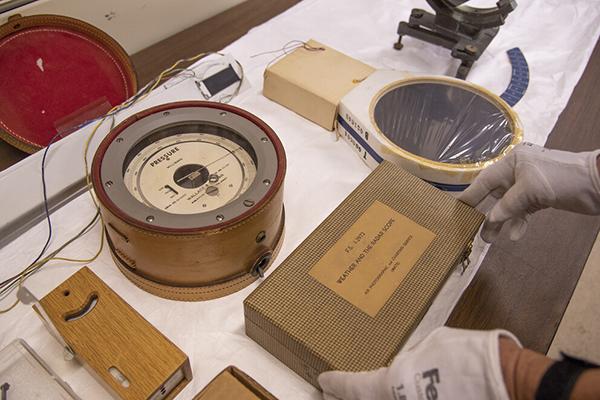UNIVERSITY PARK, Pa. — It took a series of events for things to fall into place. First, a mastodon had to live its life in the rolling terrain of Iowa, fossilize and be exposed by erosion in a nearby stream some 13,000 years later. Chris Widga, a vertebrate paleontologist at Penn State, had to find a home as director of the EMS Museum & Art Gallery. And Kaitlin Dasovich, a student in geosciences, had to develop a spark for undergraduate research.
UNIVERSITY PARK, Pa. — For the second year in a row, fourth graders in the State College Area School District have been learning about the earth sciences with the help of geosciences experts in the Penn State College of Earth and Mineral Sciences (EMS).
These students are learning about plate tectonics, erosion, fossilization and sea-level changes in the classroom through lesson plans their teachers produce with the help of Penn State faculty members and graduate students. Even at this early age, they are already beginning to better understand the world around them and how it came to be, and how it continues to change.
After classroom exercises led by fourth grade teachers district-wide, they head to the EMS Museum & Art Gallery, a visual playground that turns core concepts into moments of real-world and lasting discovery.
UNIVERSITY PARK, Pa. — The world was mesmerized by Colossal Biosciences’ recent announcement that they had cloned dire wolf pups, a species of canine that’s been extinct for more than 10,000 years. While experts have debated the “de-extinction” of these wolves, which are far more genetically similar to living grey wolf than to the original dire wolf, one thing is certainly true: An undergraduate student at Penn State recently catalogued a jawbone from one of Pennsylvania’s few dire wolf fossils. Aspiring paleontologist Ethan Merckx, a senior majoring in geobiology in the Penn State College of Earth and Mineral Sciences (EMS), spoke about this recent discovery.
UNIVERSITY PARK, Pa. — Night at the Museums — a biannual event that offers students, faculty, staff and the local community an opportunity to explore free of charge various campus museums and galleries during extended evening hours — will be held from 4 to 8 p.m. on May 1 at the University Park campus.
This event not only promotes cultural engagement but also reflects Penn State's commitment to community involvement and educational outreach, according to Rita Graef, chair of the Penn State Museum Consortium, which organized the occasion.
UNIVERSITY PARK, Pa. — Chris Widga, director or the Earth and Mineral Sciences’ Museum & Art Gallery and research professor of geosciences, will give the talk, “Museums as partners in broader impact activities,” at 4 p.m. on Monday, March 3, in 112 Walker Building at Penn State University Park.
“Public-facing museums have been part of teaching and training at Penn State since 1855,” Widga said. “Over time, the format footprint and focus of museum organizations — across campus — has evolved. The 21st century museum is multifaceted. As a repository of data, samples and specimens, it vouchers research that occurred in the past for future generations. In the present, it connects to communities through exhibits, programs and public-facing resources as a trusted source of information. It also provides a model of an organization that is sustainable, resilient and responsive to community needs for many generations into the future. Museums provide many opportunities for reaching nontechnical audiences and stakeholders in engaging and measurable ways.”
UNIVERSITY PARK, Pa. — The College of Earth and Mineral Sciences' Museum & Art Gallery will be hosting a special event celebrating the unveiling of the renovated gallery space from 4 to 8 p.m. on Thursday, April 25. The event will be held in conjunction with the Penn State Museum Consortium’s "Night at the Museums."
“This renovated space isn’t the space most of our visitors will remember,” said Patti Wood Finkle, curator of the EMS Museum & Art Gallery. “The new space is brighter and airier. We are also working toward including more student-led exhibits and events in collaboration with researchers and our new student advisory group.”
The Earth and Mineral Sciences Museum & Art Gallery is seeking a graduate student for a paid internship.
This internship focuses on museum collections management and will provide hands-on experience with care, planning, and preventive conservation strategies required for handling and preserving museum objects comprised of different material types. The EMS Museum’s collections include earth materials (rocks, minerals, fossils, industrial by-products), mid-century industrial art (paintings, works on paper, sculpture), and historic scientific equipment and tools of research and education.
The Collections Management Intern will work closely with the EMS Museum Collections Manager to conduct detailed inventories of collections in storage and on exhibit, confirm object location accuracy, identify object housing and storage needs, create digital images of objects as needed, and create or update collections management database records.
For a complete position description and to apply visit:
https://psu.wd1.myworkdayjobs.com/PSU_Staff/job/Penn-State-University-P…
For more information contact:
Patti Wood Finkle, EMS Museum & Art Gallery Collections Manager: (814) 863-6017; pwf5120@psu.edu
or
Julianne Snider, EMS Museum & Art Gallery Director: jxs1030@psu.edu
“Hidden Landscapes: An Exploration of Earth’s Mantle” will open from 3 to 4 p.m. Oct. 4 in the Earth and Mineral Sciences Museum and Art Gallery in the ground floor of the Deike Building. The exhibit was created by an undergraduate student within the college of EMS.
Patti Wood Finkle, the new collections manager of the College of Earth and Mineral Sciences' Museum & Art Gallery, said she enjoys taking deep dives into finding the history behind items where she often starts with little information. She brings to the museum experience in archaeology, paleontology and geology collections.
The Earth and Mineral Sciences (EMS) Museum & Art Gallery has secured the fourth in a series of grants totaling $450,000 from the Institute for Museum and Library Services, which will be used to continue the effort to securely store some of the museum’s collections.


